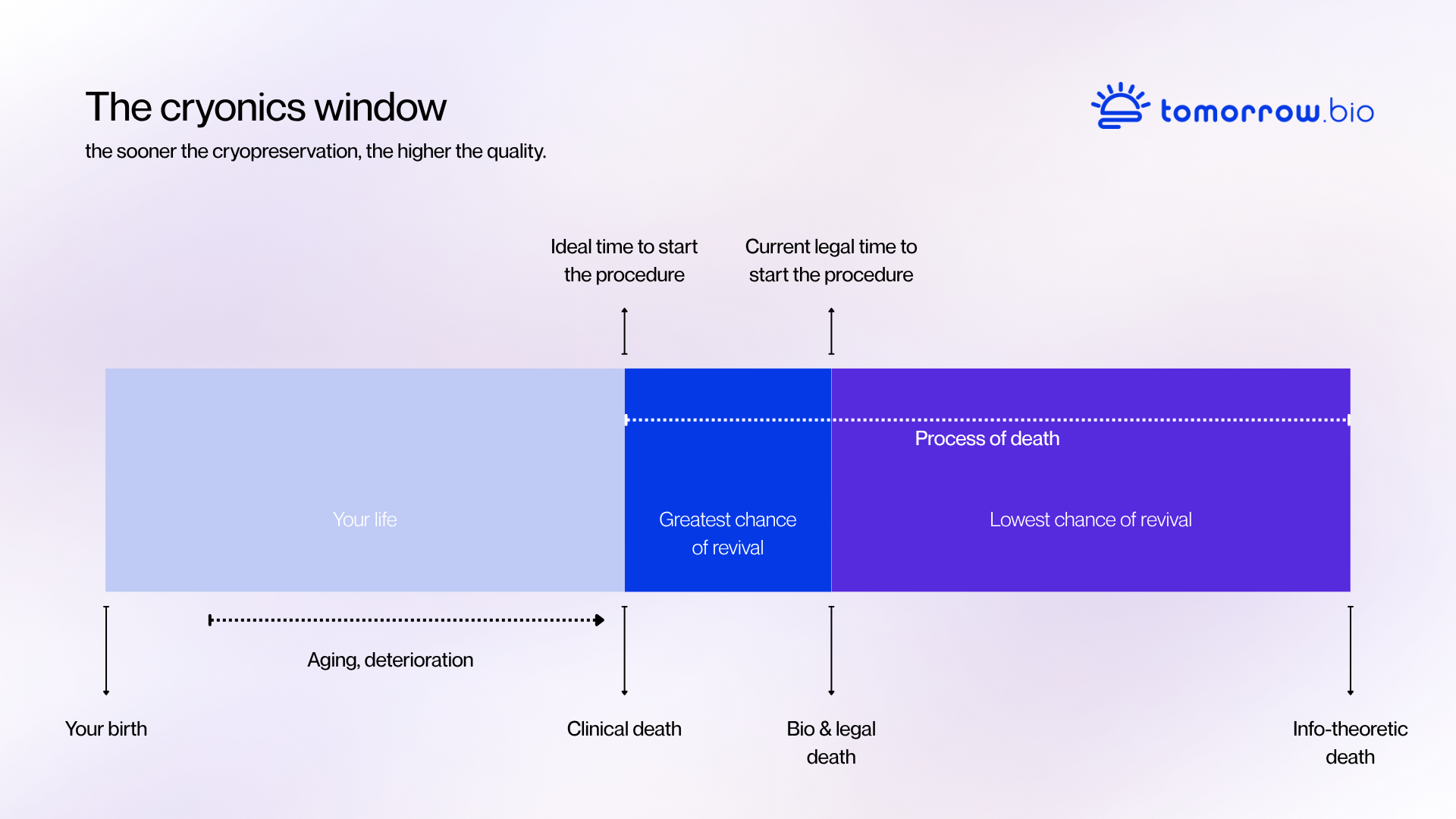Cryopreservation aims to stop all biological time. To do that, it must reach a temperature at which molecular motion, and therefore every chemical and biological process that drives decay, effectively ceases. This point lies far below the freezing temperature of water and even below the range used for most biological storage. The temperature of -196 degrees celsius, the boiling point of liquid nitrogen, has become the standard because it offers both physical stability and biological preservation at a scale that no other environment can provide.
At ordinary freezing temperatures, the formation of ice crystals damages cells and tissues. Water expands as it freezes, rupturing membranes and distorting molecular structures. Cryopreservation avoids this through vitrification, a process in which cellular water is replaced with cryoprotective agents and cooled so rapidly that it solidifies into a glass-like state instead of crystalline ice. Below approximately -130 degrees celsius, the glass transition temperature, this vitrified state locks into place. At this point, molecular motion and chemical reactions slow to such an extent that biological material becomes effectively timeless.
Maintaining stability below this threshold is essential. If temperatures rise too close to the glass transition point, the glass-like structure could partially relax or recrystallize, leading to damage. By storing preserved material at -196 degrees celsius, the system remains far below that limit, providing a wide margin of safety and ensuring that vitrified tissues remain structurally stable indefinitely.
Liquid nitrogen is used to reach and maintain this environment because it is both naturally occurring and remarkably efficient. When it boils, it maintains a constant temperature of -196 degrees celsius, providing a self-regulating thermal buffer. This allows cryogenic storage to remain stable without active refrigeration or electricity. Patients and biological samples are held in vacuum-insulated dewars, which minimize heat transfer and only require periodic refilling of nitrogen lost through slow evaporation.
At this temperature, biological degradation halts completely. Enzymatic activity, microbial growth, and spontaneous molecular reactions all stop. The bonds that make up the architecture of the body and brain remain intact, preserving the information encoded within their structures. The choice of -196 degrees celsius is therefore not arbitrary but reflects the point where physics, chemistry, and biology converge - where matter remains stable, information remains intact, and time itself, for the preserved patient, stands still.






